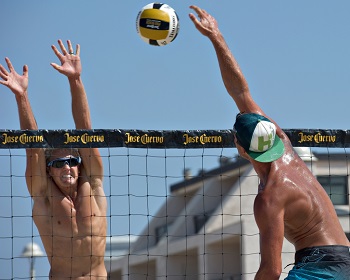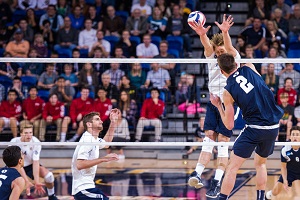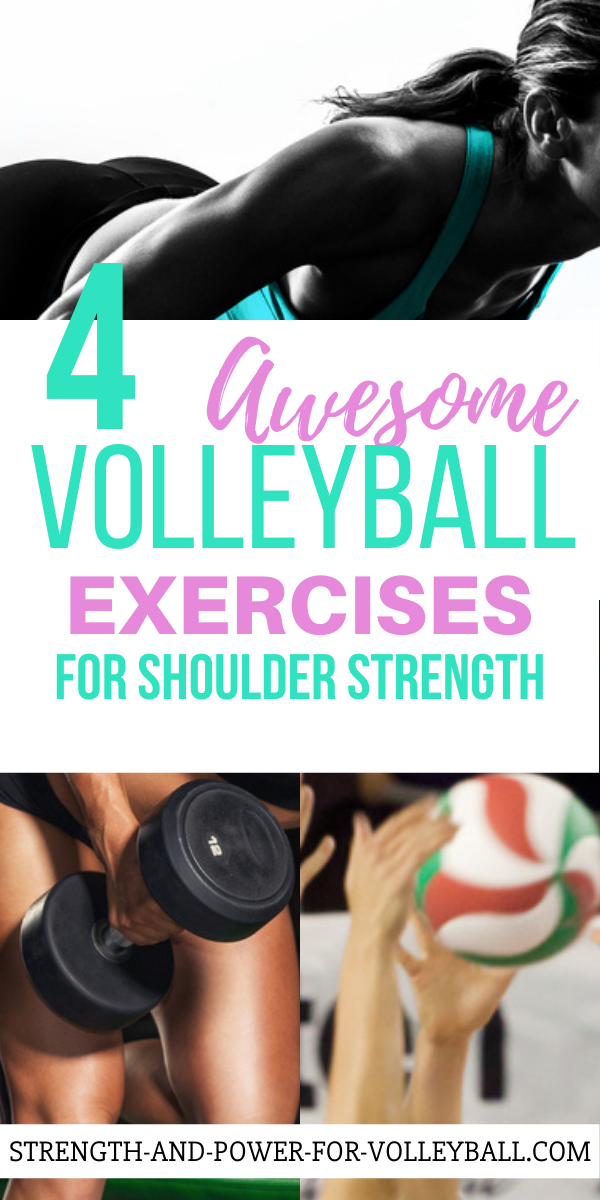- Home
- workout for volleyball
- training muscles for volleyball
Training Muscles for Volleyball
Exercising the Posterior
Chain
Training muscles for volleyball involves working the muscle groups on the back side of the body. These are the key muscle groups for developing volleyball strength and power. These muscles work together forming the "posterior chain".
What is the Posterior Chain?
The posterior chain is made up of all the muscles, tendons and ligaments that run down your backside.
When training the muscles of the back, glutes, and hamstrings, this is commonly
referred to as training the posterior chain.
To be good at volleyball, you need to be strong in the right places.
Hips Muscles are Key
For training muscles for volleyball, squats should be used to strengthen the hips.
The key thing is getting your body working efficiently so that ALL your movements are driven by the correct muscles.
The muscles that control the hips are the key.
Posterior chain strength for spiking
These muscles include the biceps femoris, gluteus maximus, erector spinae muscle group, trapezius,
and posterior deltoids.
These muscles play a major role in volleyball explosive athletic movements such as approaching
quick, jumping high, and hitting hard.
Your volleyball training program
should contain exercises that explosively extend the hips and contract of the glutes.
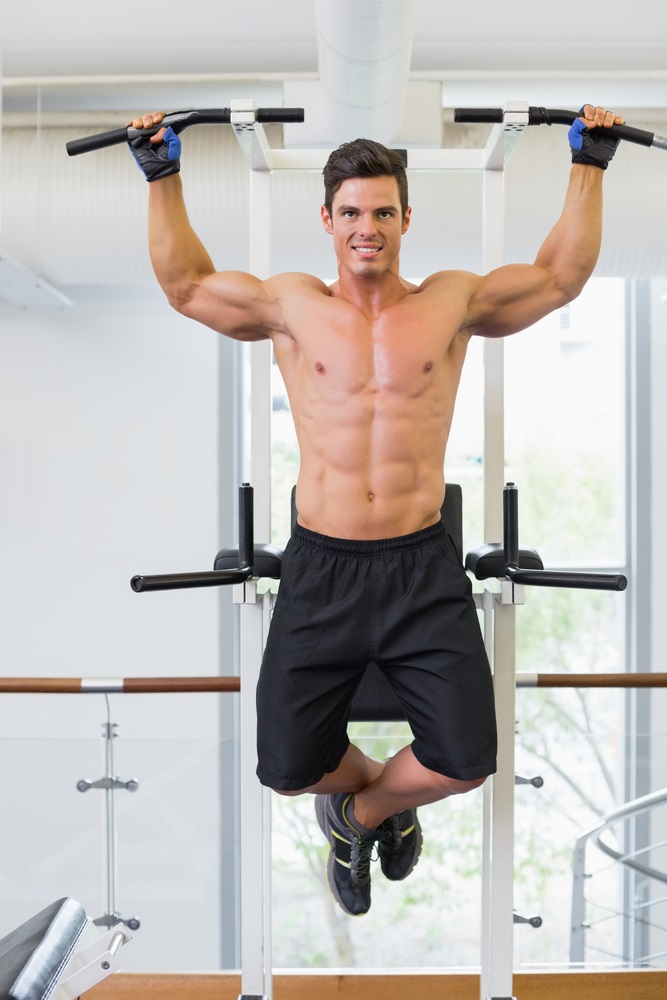
Think of pulling movements such as pull ups, rowing, and deadlifting.
Importance of Strong Hips (glute strength)
With weak or inhibited gluteal muscles, you won't be able to move as fast, or jump as high. Relying on your hamstrings and lower back more than your glutes will often lead to low back pain and hamstring problems.
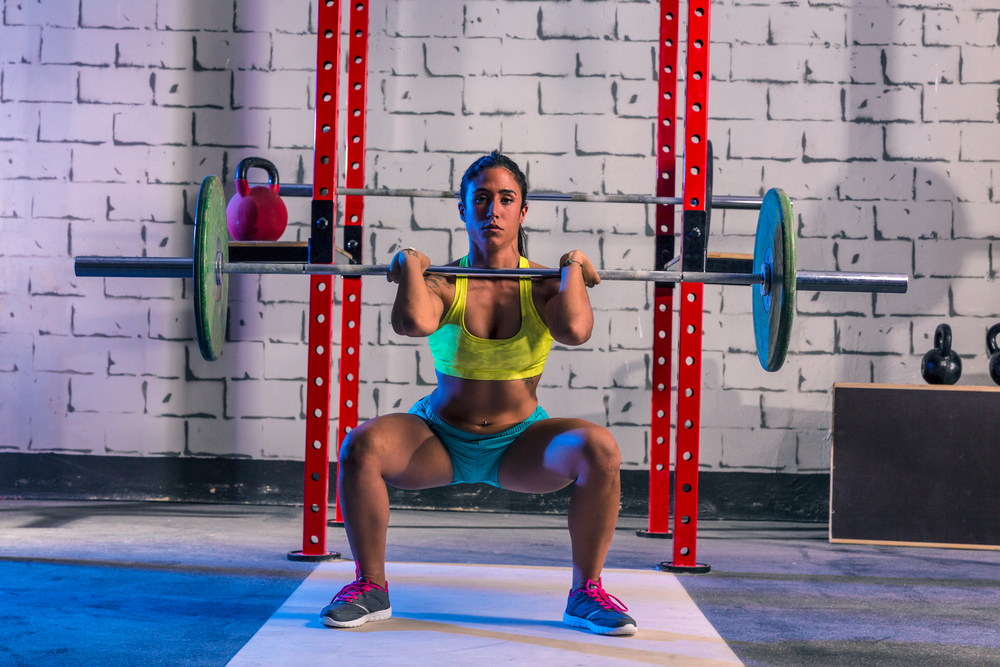
Training Muscles for Volleyball - Squats
Train the glutes and hamstrings more than the quads
The glutes and hamstrings are more powerful than the quadriceps and have
a higher ratio of fast-twitch muscle fibers, leading to greater
strength and power. These backside muscles were designed to support us
in a squatting position.
Movement at the Hips
For the squat, a strength coach will regularly use cues like weight on
your heels, sit back in a chair, don't let your knees travel forward
past your toes, keep chest up, and abdominals tight.
All of those things promote the "hip hinge" position that forces the posterior chain to do the work.
A squatting/lunging/lowering exercise should not begin with a bend of the knees.
It should begin with a hinge of the hips (think of moving at the hips first and
try to keep the lower leg vertical).
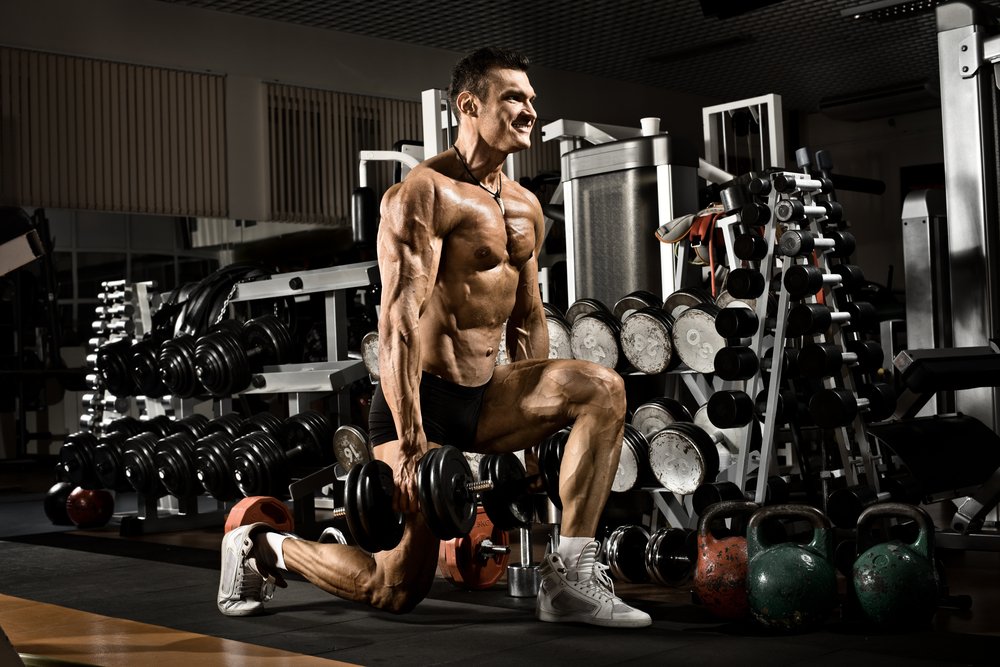
Training Muscles for Volleyball - Dumbbell Lunges
Glutes and hamstrings are often too weak
The most common pains of volleyball players are at the knees, low back and shoulder.
These complaints are commonly relieved by intentionally strengthening
weaker muscle groups (typically posterior) and stretching stronger
antagonistic muscles (typically anterior). As muscular imbalance is
corrected, pain should noticeably decrease if not disappear entirely.
Problems occur when athletes don't have good muscle balance. For example,
volleyball players tend to become more quad dominant because of the nature of
the sport.
Quad dominance is the result of posterior chain muscles (mainly glutes and hamstrings) not working properly.
As you continue to play volleyball, the body will naturally use the strongest muscles to control movements.
For example, if you're more quad dominant, the quads will want to do what the glutes
and hamstrings should be doing.
You need strength, but you need it in the right places.
Due to their natural strength and the leverage advantage they have over your leg muscles, the glutes should always be the primary muscles that drive lower body movement.
Female Athletes Training the Posterior Chain
Females need posterior chain work!
Specific to females, we know that we need a ton of posterior chain work
and correctly performed single-leg work to counteract several
biomechanical and physiological differences.
Namely, we're talking about quad dominance/posterior chain weakness and an increased Q-angle.
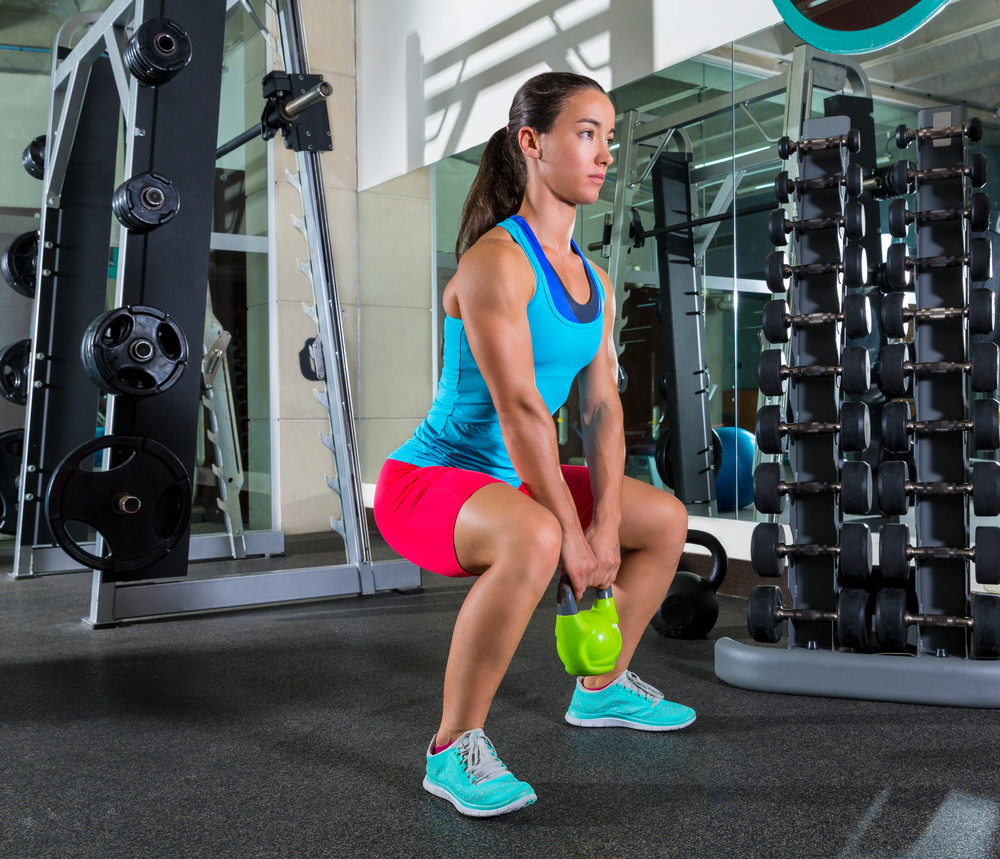
Glute Ham Raise
The glute ham raise (GHR) is one of the most important movements for training the posterior chain.
Very few movements train the hamstrings at both joint angles (hip and knee).
This is critical because this is how your body works when it runs, jumps, squats and pulls.
Knock-knee is a condition where the knees angle in and touch one another when the legs are straightened. Increasing glute and hamstrings strength is critical
in preventing knock-knee situations and ACL tears.
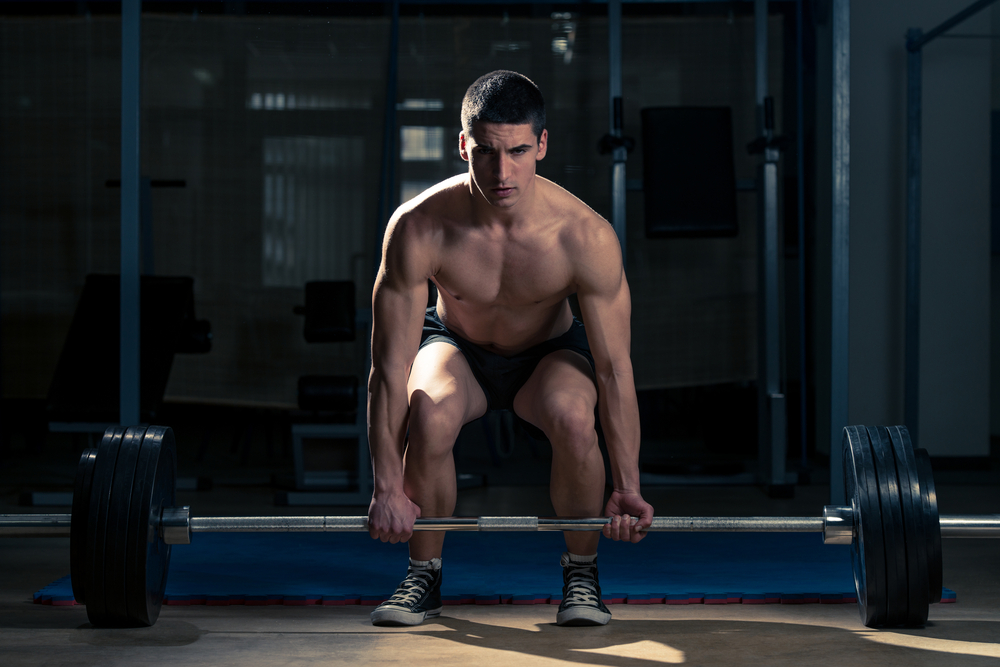
Deadlifts are Great for Developing the Posterior Chain
If more female athletes would do glute-ham raises, the sports world would be a much better place!
In female volleyball players, it's common to see a lack of overall lower
body strength, specifically in the glutes and hamstrings.
Injuries occur less when female athletes get in more deadlifts, glute-ham raises, box squats,
and single-leg movements.
Also, upper back strength is important for volleyball player shoulder health.
Strengthening the Shoulders
Strengthening the tiny postural muscles helps keep the rotator cuff healthy.
Strengthening the back with rowing variations will help prevent many common shoulder problems.
Discover my favorite tool for improving shoulder stability
Exercises for training muscles for volleyball developing healthy shoulders...
- Scapulae stabilizer exercises. Shoulder exercises like L's, T's, and Y's, internal/external rotations, etc can go a long way to improving shoulder health and function.
- Horizontal pulling variations. Think of pulling BACK, or retracting the scapulae.
- Vertical pulling variations. Think of squeezing the scapulae DOWN, or depressing the scapulae.
- Push up variations. Push ups are important because push ups recruit and strengthen the serratus anterior. Also, push ups on an unstable surface such as a balance ball will help activate shoulder stabilizer muscles and the abs.
If you enjoyed these tips and would like to keep it close to you at any time, just save this pin to your Pinterest Volleyball Training Board.
